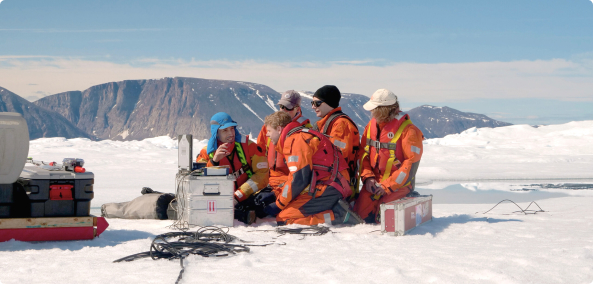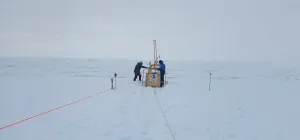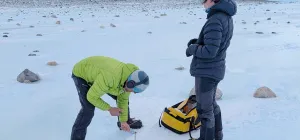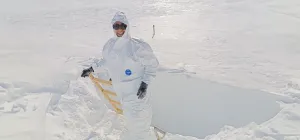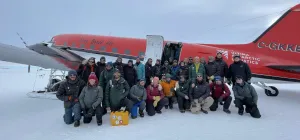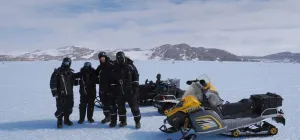Last week for scientists this season
This week the four remaining scientific teams for this season - EXPOSOILS, PASPARTOUT, NISAR, and EPFL-CRYOS - wrapped up their work and started preparing for their flight home, which is scheduled for this coming Friday.
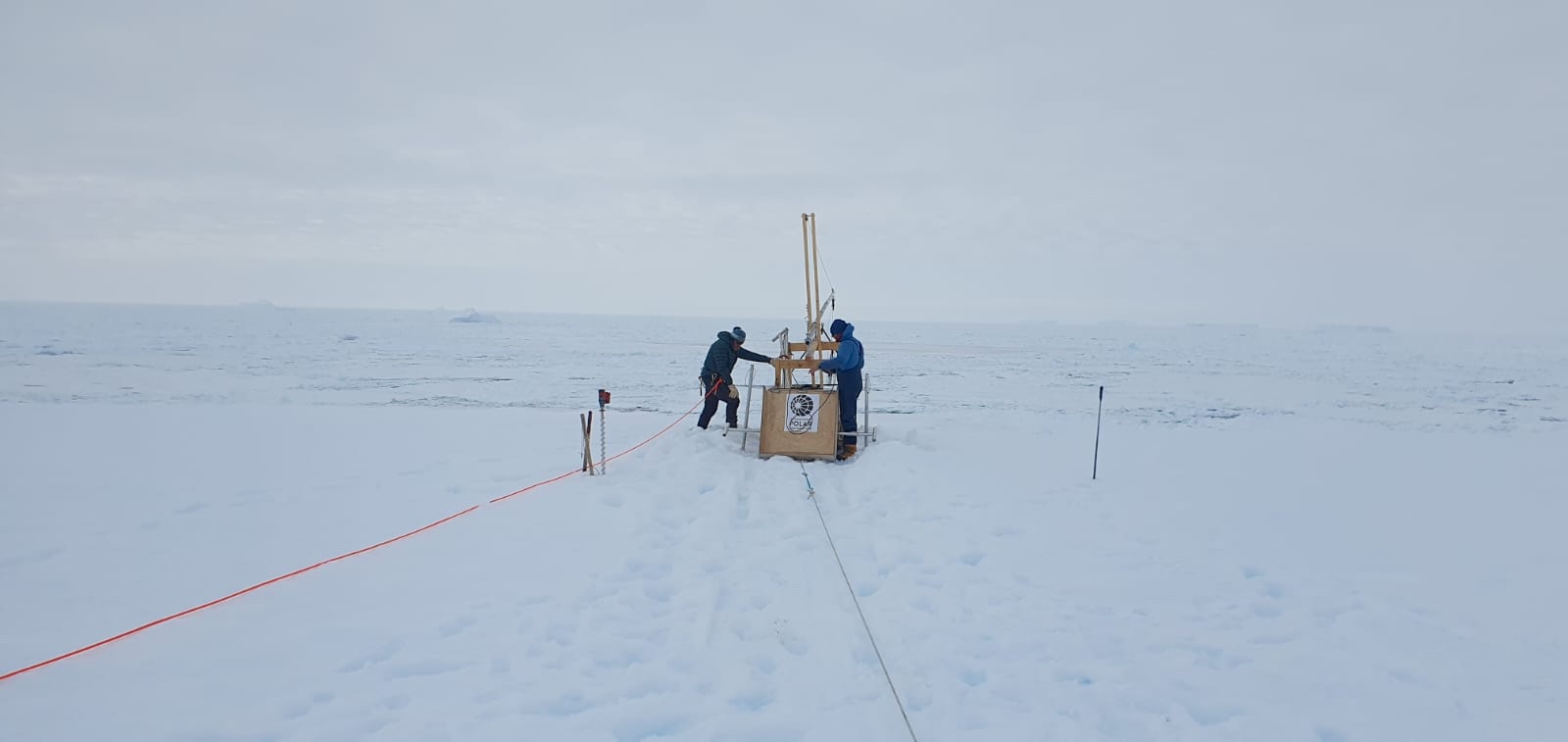
This week the four remaining scientific teams for this season - EXPOSOILS, PASPARTOUT, NISAR, and EPFL-CRYOS - wrapped up their work and started preparing for their flight home, which is scheduled for this coming Friday.
While the other three teams had already finished their work for the season several days ago and had started to pack up their samples and equipment for the trip home, Prof. Eric Rignot and his team from UC Irvine only returned on Tuesday after spending 24 days doing fieldwork at the coast.
After unloading cargo and supplies from the traverse convoys that had arrived last Thursday with the help of the entire team and scientists who were at PEA, Eric Rignot and his team from UC Irvine finish up their work collecting data on the King Baudouin Ice Shelf and started heading back to PEA with their mountain field guide Daniel Mercier
Eric and his team (Ratnakar Gadi from UC Irvine, Nolwenn Chauché from Aberystwyth University) had gone along an 80-km transect of the entire ice shelf from its edge on the Southern Ocean to the grounding line (where the ice flowing off of the continent leaves the bedrock and starts flowing out over open ocean), doing ApRES radar transects, CDT samples, and seismic surveys to get a clearer picture of the ice shelf thickness and the sea floor depth beneath it, and to determine to what extent warming ocean water is melting the ice shelf from below.
As he and his team weren’t able to continue with hot water drilling past a certain point on the ice shelf after technical issue in the second borehole (they had planned to drill in five across the 80 km transect), the team decided to make the best use of their time in the field and do even more radar transects and seismic soundings on the ice shelf and above the grounding line. This allowed them to get a lot more data about the extent of the grounding zone of the ice shelf and make an interesting discovery: a meltwater channel near the grounding line. However, instead of digging a valley in the ice, the ice on both sides of the meltwater channel is compressed and raised - something very unusual. Eric and his team will dig through the data they’ve collected to determine exactly what caused this formation.
Summer days are gone
Now that the final weeks of the 2024-25 season are approaching, the warmer days of December and January are slowly transitioning to cooler days. It’s becoming obvious that the austral autumn is rapidly approaching.
In February, the sun starts to set for longer and longer periods each day. On the first day night returns, the sun dips below the horizon for less than an hour. However in the days that follow, daylight hours noticeably shrink from one day to the next as the sun stays down for longer and longer each night.
When the sun starts to disappear in this season, covered by clouds, behind mountains or at “night”, the winds that blow tend to be much colder as the windshield factor is applied. Temperatures at PEA can sometimes drop down to -25°C this time of year. Even during his last week at the coast (coastal areas tend to be a bit warmer), Eric Rignot said that at night temperatures could drop down to -17°C. And it’s still technically summer for another five weeks!
Download